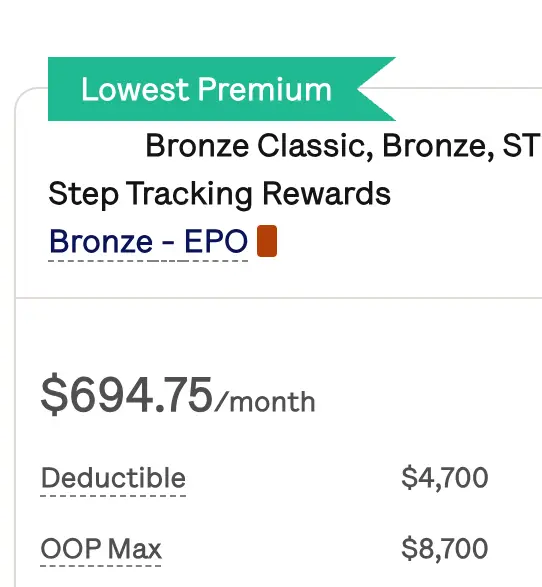How Much Does an Ambulance Ride Cost With and Without Insurance?
How Much Does an Ambulance Ride Cost With and Without Insurance?
An ambulance ride in the United States can be expensive—averaging around $2,125 in many areas. However, factors like mileage and the level of care (Basic Life Support or Advanced Life Support) can cause your final bill to vary from a few hundred to several thousand dollars. It’s also important to note that ground ambulance rides are generally not protected under the No Surprises Act, so costs can be unpredictable if you are out of network or uninsured.
If you have no insurance or a high deductible, consider Mira as one way to reduce overall healthcare costs. For as little as $45 a month, members get access to virtual and in-person care. Pay only when you activate.
What Is the Average Out-of-Pocket Cost for an Ambulance Ride?
Without insurance, the base rate for an ambulance ride often starts between $400 and $1,200, with mileage fees ranging $10–$30 per mile. Advanced Life Support (ALS) can cost anywhere from $975–$1,300 (or more) for the trip alone. Extra charges—such as oxygen, bandages, or IV fluids—may add to these totals.
Below is a quick comparison of Base Rate plus Per Mile fees for Basic Life Support (BLS) and Advanced Life Support (ALS) in various U.S. regions. Exact rates can differ based on local regulations, ownership (private vs. government-run), and availability of services.
| Location | BLS Base Rate | ALS Base Rate | Approx. Per Mile | Reference |
|---|---|---|---|---|
| New York City, NY | $900 | $1,525 | $15 per mile | FDNY Ambulance Billing |
| Los Angeles, CA | $1,367 | $2,028 | $15.75 per mile | Los Angeles Fire Department |
| Chicago, IL | $900–$1,000 | $1,200–$1,500 | $15–$20 per mile | City of Chicago EMS |
| Houston, TX | $1,000 | $1,350 | $16 per mile | City of Houston EMS |
| Miami, FL | $800–$1,000 | $1,100–$1,400 | $15–$20 per mile | Miami-Dade Fire Rescue |
| Philadelphia, PA | $950 | $1,250 | $15 per mile | Philadelphia Fire Dept. EMS |
| Phoenix, AZ | $1,150 | $1,400 | $15–$18 per mile | Phoenix Fire Dept. |
| Dallas, TX | $900–$1,200 | $1,300–$1,500 | $14–$18 per mile | Dallas Fire-Rescue |
| San Diego, CA | $1,200 | $1,700 | $17 per mile | San Diego Fire-Rescue |
| Seattle, WA | $900–$1,100 | $1,300–$1,500 | $15–$19 per mile | Seattle Fire Department |
What This Means for You: If you live in or near these areas, anticipate a base charge plus a per-mile fee. If you need ALS (which includes services like cardiac monitoring, advanced airway management, or IV medications), be prepared for higher costs.

Get affordable doctor copay without paying insurance premiums
Join 39,000 people and get Mira, the best alternative to traditional insurance. Enroll and use immediately. Plans start at only $45/mo.
The Mira Research team conducts original data and medical research on the most applicable topics of today and translates them into easy-to-understand articles to educate the public. Each of our articles is carefully reviewed and curated with interviews and opinions from medical experts, public health officials, and experienced administrators. The team has educational backgrounds from New York University, the University of Virginia, more.
